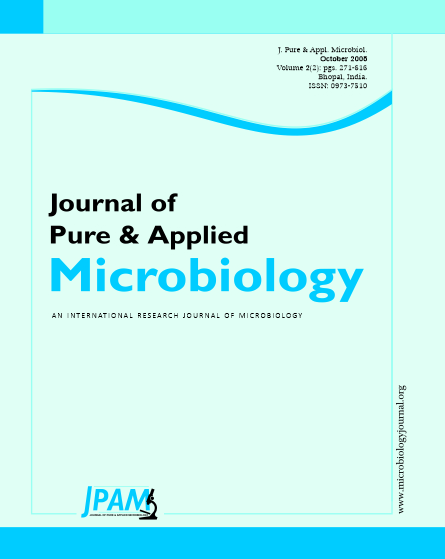Medicinal plants are potential renewable natural resources, they are generally considered to play beneficial role in human health care. Arbuscular Mycorrhizal Fungi(AMF) and Plant Growth Promoting Rhizomicroorganims(PGPRs) are known to improve plant growth through better uptake of nutrients, water and increased resistance to drought and root pathogens. The use of these beneficial microorganisms in medicinal plants particularly Alpinia galanga is limited in Tamil Nadu. The present study undertaken to examine the species richness, density, diversity and percentage of root colonization of AMF and PGPR associated Alpinia galanga. Native AM fungi were multiplied in the roots of Sorghum vulgare Pers in pot culture. A pot trial was conducted to study the influence of native AM fungus Glomus fasciculatum and some PGPRs(Bacillus coagulans and Trichoderma harzianum) on growth, nutrition and rhizome productivity of A.galanga.
Medicinal plants, Alpinia galanga, Glomus fasciculatum, AM fungus
© The Author(s) 2008. Open Access. This article is distributed under the terms of the Creative Commons Attribution 4.0 International License which permits unrestricted use, sharing, distribution, and reproduction in any medium, provided you give appropriate credit to the original author(s) and the source, provide a link to the Creative Commons license, and indicate if changes were made.


